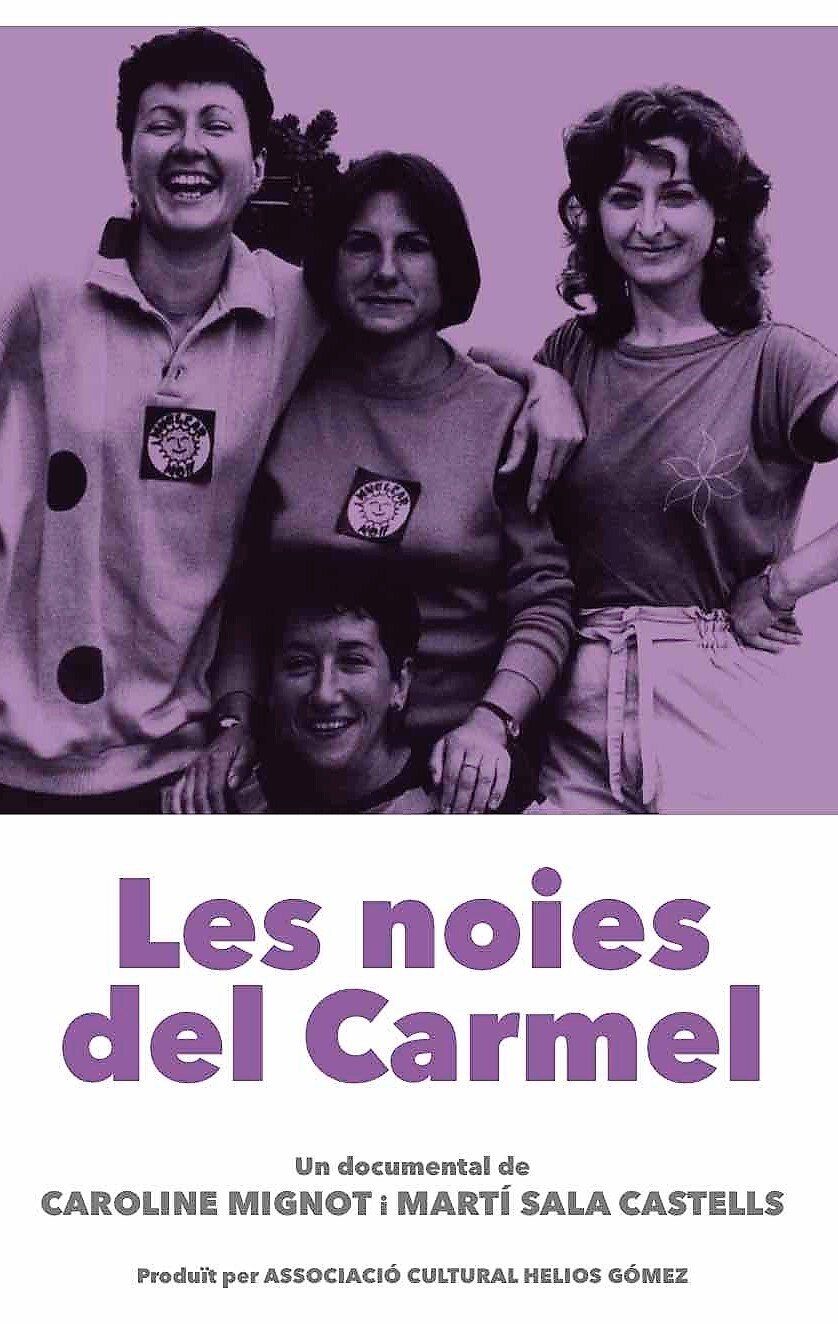Association Newsletter
We are continuing with our effort of the recovery of the work of Helios Gómez. We do travelling exhibitions and maintain the claim against the political administration of the Modelo prison in order to restore the chapel of la Capilla Gitana (the gypsy chapel).
February 2003
1. The Capilla Gitana
Our main goal throughout 2002 was to complete the funds for the restoration of the chapel, valued at 36.000 € of which the Prison Services Department commited itself to provide a third at the end of 2001. Manuel Heredia of the Catalan Federation of Gypsy Associations took an interest in the work of Helios Gómez and through his intervention an official grant of 12.000 € was obtained from the Welfare and Family Department. Furthermore, we are awaiting a decision from the Department of Culture regarding the contribution of the remaining 12.000 €. Meanwhile there have been contacts both with the Management of the National Archive of Catalunya, who are willing to keep the art work and documentation of our association, as well as with the Department of Culture concerning the official claim for pieces that remain held illegally by the Roselló family and Mrs. Ika Rudolf in Portugal. As is known these pieces were misappropriated by the above mentioned, who took advantage of Helios Gómez's last term of imprisonment in the Modelo and his death in the Residencia San Jaime.
2. ACHG Fund
In the course of her research in the Communist Archives in Brussels, our friend and association member, Geneviève Michel, discovered an original from the "Viva Octubre" collection and the metal plates of the 1930 edition. We are planning a visit to Brussels in order to study how to acquire this material or, at least, to make copies of it for our collection. Bravo Geneviève!.
3. Announcements from the ACHG.
Website. Setting up the website has taken up a good deal of our time. We feel satisfied with the information we offer: it is clear, specific and plentiful. The site is in Catalan, Spanish and French (translated by Caroline Mignot). Shortly it will be presented in English (translated by Isabelle and Robert Tombs) and German (translated by Ursula Barta and Stefen).
February 2002
The project for the transfer of the Modelo prison: 1995-1998. The closure of the three prisons in Barcelona -Modelo, Trinitat (young offenders) and Wad-Ras (women)- and their transfer to sites outside the city was one of the campaign promises of all parties except IC during the 1995 and 1999 election campaigns. The project was unanimously approved by the Catalan Parliament in March 1995, and caused controversy over the location and financing of the new prisons as well as the fate of the old ones. It was a political problem: the Catalan Administration is responsible for prisons (land and buildings) as a result of the 1983 agreement between the Central Government and the Generalitat. Nevertheless the sites they occupy are classified for public services by the city council. For the Generalitat and its Department of Justice the financing of the new prisons should come from a reclassification of the land by the Town Council and the subsequent construction of flats and the profit obtained therefrom. The Modelo, which occupies two blocks of the Eixample, an area of 20.000 m2, represented therefore a very tempting opportunity. Until April 1996 the mayor at that time, Pasqual Maragall, was in favour of adapting the Modelo for protective custody use only. However from September 1997 he agreed to close the three prisons at the same time and use the land for flats, some of which would be subsidised by the council, and green areas. The only opposition to this project came in 1996 from IC-Els Verds, firstly from the Deputy Mayor Eulàlia Vintró, and later in 1999 from the candidate for mayor Imma Mayol. They were radically opposed to the reclassification of the land, proposing instead the preservation of the Modelo for other purposes. From March 1998 the mayor Joan Clos broke the negotiations of his predecessor. He refused to reclassify the land on which the Modelo stood and insisted on keeping the area as it was, a green zone for public services and parks. The mayor set in motion the scheme to close the three prisons and at the same time initiated a public debate on the future use of the land. Based on the agreement obtained from the three parties forming the local government, PSC, IC, PI, this would be divided equally into areas for parks, flats and services. The city council affirmed that the initiated process would guarantee a balanced use of the land "according to the social urbanistic needs of the city and not according to the economic needs of the Generalitat to be able to finance the three new prisons" with this, IC considered withdrawing its vote against the reclassification of the three sites. The subject of the Modelo Prison would not have evolved in this way without public action against speculation in the Eixample and in favour of the preservation of the building and the provision of services for the neighbourhood.







